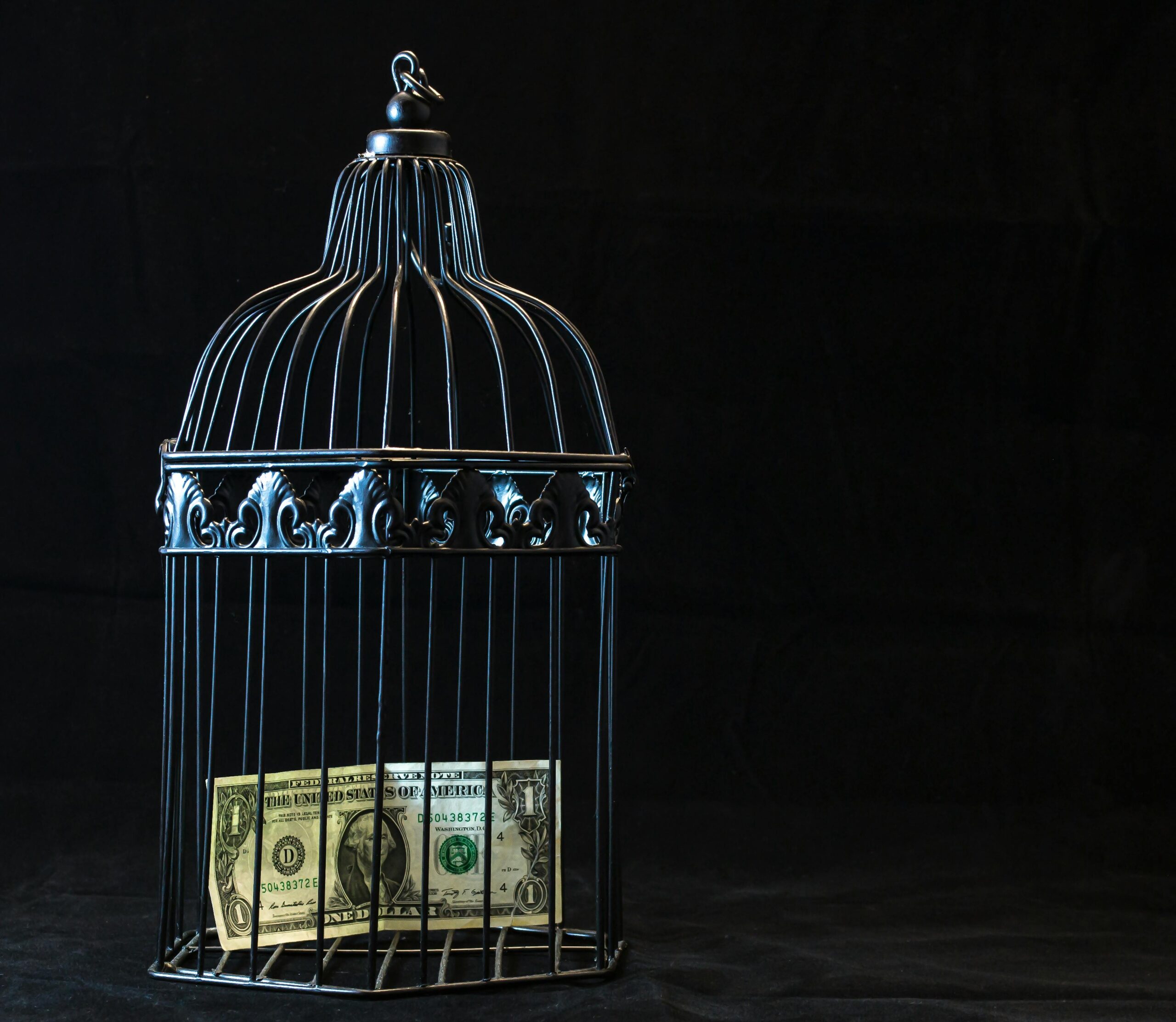American workers have faced an uphill battle over the past few years, as wages continue to lag behind the persistent rise in prices.
Despite signs that inflation is cooling from its pandemic-era highs, the gap between what employees earn and the cost of living remains a significant concern.
For many, real wages have barely budged, leaving workers struggling to maintain their purchasing power.
This article delves into the state of wage growth versus inflation, examining the latest data, projections for the future, and what policymakers are doing to address this ongoing issue.
The wage-inflation gap persists
Since the beginning of 2021, inflation has surged by 20%, while wages have only risen by 17.4%, according to Bankrate’s Wage to Inflation Index.
This 2.6% gap might not seem alarming at first glance, but for millions of American workers, it represents a considerable loss in purchasing power over time.
While wages have seen nominal growth, real wages—those adjusted for inflation—have stagnated, or in some cases, even declined.
Bankrate’s latest data highlights that wage growth has actually been slowing down in recent months. In the second quarter of 2024, wage growth was just 0.84%, down from 1% growth seen in previous quarters.
This slowdown has pushed back earlier forecasts that wages would outpace inflation by the end of 2024. Now, experts don’t expect wages to catch up until at least the second quarter of 2025.
For workers, this means that despite seeing slight pay increases, their real income continues to fall short of covering the rising cost of essential goods such as food, housing, and healthcare.
In fact, according to the US Department of Labor’s consumer price index (CPI), shelter costs alone have risen by 5.2% over the past year, accounting for the majority of the core inflation rate, which excludes food and energy.
Which industries are falling behind?
Wage growth has not been uniform across all sectors. Workers in industries like leisure and hospitality have fared better than others, seeing wage increases of 23.7% since January 2021, surpassing the national average.
These gains, however, are largely a recovery from the steep losses these industries experienced during the pandemic.
In contrast, sectors like education have struggled to keep up, with wage growth of only 13.6% over the same period, well below the overall inflation rate.
Workers in these lower-performing industries are feeling the pressure more acutely as the cost of living continues to rise faster than their earnings.
This disparity in wage growth has contributed to growing inequality among workers, with those in slower-growing sectors finding it increasingly difficult to keep pace with inflation.
Despite the appearance of a strong job market—characterized by low unemployment and steady job creation—the reality is that wage growth is falling short in many sectors, leaving millions of workers vulnerable.
Does the Fed care?
The Federal Reserve’s mission is to combat inflation, and they have done so by raising interest rates 11 times since March 2022, bringing the benchmark rate to 5.33%—its highest level in over two decades.
The goal of these rate hikes is to reduce borrowing and spending, which in turn should help ease upward pressure on prices. However, these rate hikes have also contributed to slowing wage growth.
The slowdown in the job market is a direct result of the Fed’s higher interest rates, which have made it more expensive for businesses to borrow money, invest, and expand.
This has led to more cautious hiring and smaller wage increases, even as inflation begins to ease.
The Federal Reserve now faces, among others, yet another dilemma: it must continue to reduce inflation without putting too much strain on wage growth and overall economic activity.
There are signs that inflation is indeed cooling, with the CPI rising by just 0.2% in August 2024, in line with economists’ expectations. But core inflation, which strips out volatile food and energy prices, remains elevated at 3.2%.
As the Fed prepares to engage the first rate cutting cycle in more than three years, it attempts to ensure that it doesn’t “slam the brakes” too hard on economic growth.
This could provide some relief to workers, as businesses might feel more confident in raising wages with lower borrowing costs.
Is there still hope for workers?
Despite the Fed’s efforts and the slight cooling of inflation, it’s unlikely that workers will see substantial improvements in real wages until mid-2025.
This extended timeline is frustrating for many Americans who have already been grappling with higher prices for the better part of three years.
The rising costs of everyday essentials like food, housing, medical care, and insurance are still outpacing wage growth, leaving many workers with less purchasing power than they had before the pandemic.
The wage-inflation gap represents more than just a numbers game; it’s a tangible economic strain that affects people’s daily lives.
For those in lower-wage sectors or industries with slower wage growth, the impact is even more profound. Many families have been forced to cut back on discretionary spending, delay vacations, and reduce savings just to make ends meet.
While some relief may be on the horizon in the form of potential interest rate cuts, the overall outlook for wage growth remains uncertain.
Even if inflation continues to ease, wages are expected to lag behind for some time, leaving many Americans in a precarious financial position.
What’s certain is that employers will keep “trimming the excess fat” and continue to lay off workers, all in the name of higher profits.
In addition to the easing monetary policy that is ahead, we can only expect that profit margins will grow as wages continue
The post Wage growth is still losing the battle against inflation: Will paychecks finally catch up? appeared first on Invezz

